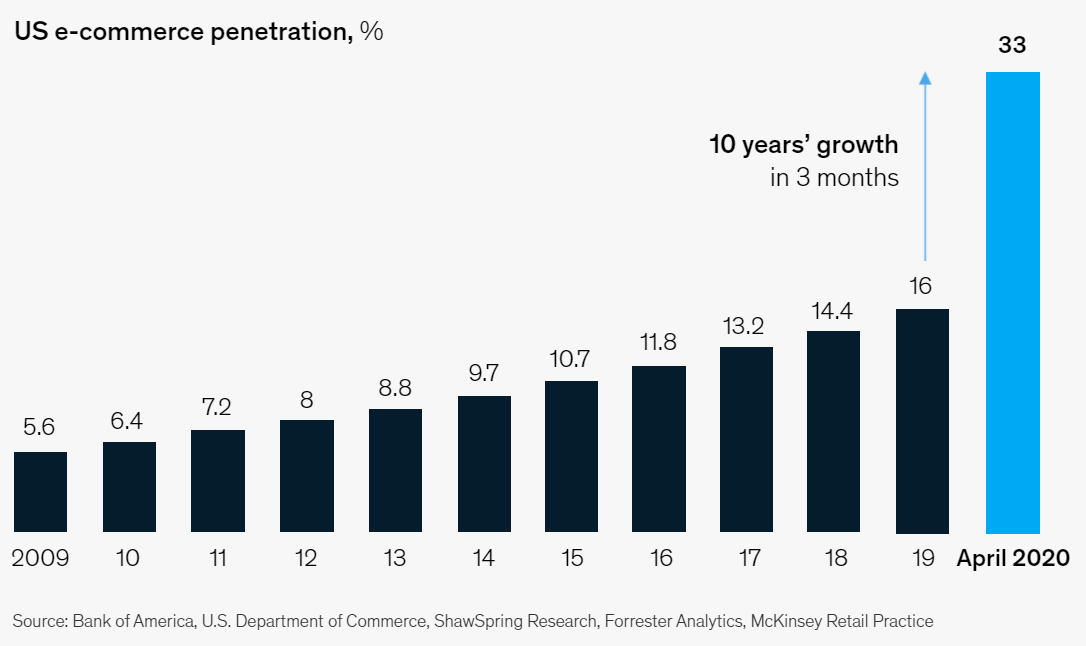Customer Journey Mapping for Conversion and Revenue Increase
You will learn WHY clients, for whose acquisition you already paid, leave your website or eCommerce storefront.Improving retention, customer returns, and conversion rates make more impact on bottom-line versus new customer acquisition. The reason is the competition for audience attention is growing: the lead price has grown by 30% in some market niches. For example, the click price (CPC) has multiplied by 7 times in 4 years.
Working with conversions requires an understanding of what lies behind the sales funnel - critically important to know how clients interact with your tech product or e-commerce in a real way. In other words, to see the users' and customers' pathways (paths), commonly called Customer Journey.

Two non-obvious reasons why it is important to study customer journeys.
1. You will learn WHY clients, for whose acquisition you already paid, leave your website or eCommerce storefront.
Clients often ask for customer support in two ways: they wait for really needed goods or they already purchased the service or product. In all other cases, they just leave the website of SaaS or eCommerce if any issues are met. You would never learn WHAT kind of issues they have met, and you are not able to take outcomes as data is absent.
2. You receive underlying insights and implement product improvements.
If you identify consumer insights, you can solve basic business problems. For example, you can discover the triggers that push customers away from purchase and make changes avoiding or mitigate those triggers. It could be a low performance of backend service or database issues or low latency of complimentary service like notification. If the issue points are reduced, It becomes more convenient and faster for users to make a purchase - the number of barriers is reduced.
Amazon, Netflix, Spotify, and other large players of eCommerce work in that way. Those companies research not just clicks on product cards, work with baskets, and other obvious customer actions; they analyze the behavior patterns of how users interact with their services. And the Heat maps feature is useless to know the general picture, especially taking the offline part of the Customer Journey.
Why researching the customer data manually is the failed way to get insights.
The critical problem of eCommerce is the low conversion rates.
For example, US e-commerce conversions are 1,7% lower than average worldwide — 2,63 vs 4,31%. At the same time, the price of 1% conversion is over USD 1 M in revenue for the average merchant.
To find the reasons for the low conversion rate, a marketer or product manager researches the client cases with heatmaps, sessions replays, and listens to calls to support. It works poorly as data from Google Analytics or other user events like CRM is not enough to learn details. Dashboards do not work.
That kind of analysis takes dozens of working hours. Moreover, you can't extract the entire volume of client interactions by this approach. A lot of data, lack of time, not enough basic skills with SQL, Python, and data stack to deploy analysis stack. 80% of marketers and product managers are placed in those conditions.

More experienced and advanced experts can work with data, but look over the points where the issue was found- they know where to look. However, in order to identify this issue, you must first perform data slices and find the influencing factors, then make sure they are valid. And all that takes dozens of hours, again.
##Other important points about eCommerce shift to focus on Customer Journey research.
1. E-commerce platforms become more complex and complicated:
In interfaces: chatbots, video assistants, push notifications, trackers. Each of these features does not only increase sales opportunities but makes the risk of bad performance: low latency, a website/ platform load, and interoperability.
In the backend: integrations with other platforms, more microservices, and databases.
2. More data sources provoke more data and expenses to infrastructure.
3. The hourly rate of experienced analysts is growing, But working capacity is still the same!
As a result, the real problems "from a customer's eye" are lying behind attention just because they are out of usual problematic points at eCommerce or SaaS services.
What could help to increase the conversion rate at eCommerce in 2021
For the 3 months of COVID year, US eCommerce market penetration takes a leap equal to the former 10 years of growth. Look at the picture.

That increases the lead prices mentioned at the beginning of the post. That's why more companies turn towards traffic and process efficiency to grow conversion rates and start to research the customer journey.
Clients while interacting with the tech product or eCommerce/marketplace send the signals which could help any specialist to know the issue "from the customers' eyes". It could be
The average time between interactions
Repetitive actions and outliers
One-click actions followed by leaving the service
Bottlenecks and narrow places
That could be the signs of poor technological performance of your product and bad UX.
Up to 40% of users pass through every point of the sales funnel several times, even if it consists of 6-8 steps. For example, about 40-50% of the sales funnel several times pass through initial steps A and B due to mistaken data in the order form.

Simple visualizations and understanding of signals can speed up sales funnel speed by 3 times by fixing excess customer actions and growing conversion rates.
##How to know about customer issues, automate insights receiving, and improve user experience in eCommerce.
It is possible to automate the real customer journey discovery towards the purchase and learn where they meet operational issues, make excess actions vs normal behavior, and leave the service, and a company loses money. Instead of guessing or applying general practices, you can rely on the real user behavior data in your particular online store or service.
You can build hypotheses, quickly test them, and further test dozens of variants. And it is possible to see how your customer journey is impacted by changes: source of traffic, audience specifics, interface changes, etc. You could make a hypothesis, test quickly, and repeat it consistently to find the working one. And one more time - all that without dozens of hours for web visor and dashboards research.
Insightarc helps marketers and product managers:
Automatically discovering real user paths: beginning from getting to the online store to offline stages (service delivery, customer support, etc.);
Automatically discovering points, where customers or users experience operational issues;
quickly and effectively react on operational or conversion issues discovery and improve every key point in the customer journey.
All this is done based on existing data sources like Google Analytics, CRM systems, or data from partners' APIs. What is important, you obtain not a smile list of issues, but a visualization of a real Customer Journey with points of operational issues marked and process metrics calculated.

With Insightarc Analytics, you get valuable insights, make the right decisions quickly and improve the user experience, which leads to conversions and sales growth.
10 Must-Have Tools to Skyrocket Your Ecommerce Conversion Rate Optimization!
And the modern way to avoid this manual analysis with behavioral AI
Increase Your E-commerce Conversion Rate by 10% - Discovering Hidden Customer Journey Issues
Simple steps to understand what does not works and what could be automated
Higher eCommerce Revenue with the same Marketing Budget
Increase Sales with Conversion Rates insights in the context of Customer Journey